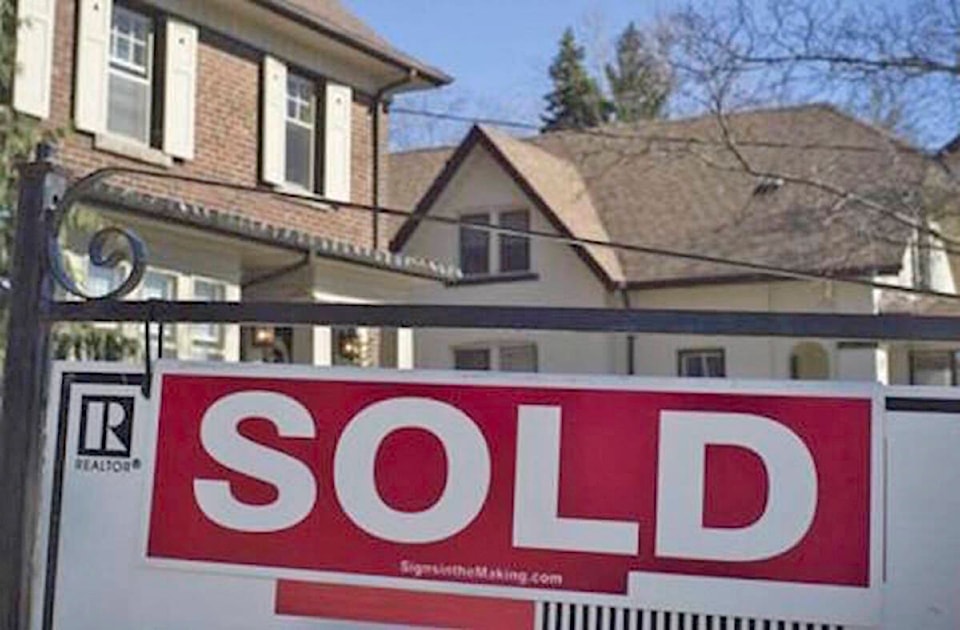The number of residential home sales declined in the Kootenays in December, but assessment values increased substantially.
According to the Association of Interior Realtors report, the Kootenay region saw a drop in unit sales by almost 47 per cent compared to December 2021, with 97 sales recorded in December 2022.
Black Press contacted Trail’s Re/Max realtor Keith DeWitt who graciously offered some insight.
“As soon as (interest) rates bumped up a couple times, we slowed down probably by November, and then it was more reflected in our December stats, and will be in our January stats as well for sure,” said DeWitt. “I am pretty confident, it’s shaking some of the buyers so they have to figure out new price ranges because of the rates and mortgage payments.”
The Kootenay and Boundary region recorded 146 new listings in December, down 18 per cent from last year. However, overall active listings in the Kootenay and Boundary region increased 43.5 per cent compared to the same month the previous year with 956 listings overall.
But DeWitt doesn’t think the active inventory listings in Greater Trail reflects the trend in other Kootenay municipalities.
“If someone asks me ‘If I should put my house on the market?’ I’d say wait, unless you absolutely have to,” said DeWitt. “I would say not yet, but I do think we will get a little bit more back to normal, as far as balance goes. This spring I think we’ll see more of a normal market like 2018.”
The downward trend reflects a much different story than what many home and business owners received on their annual tax assessment that went out on Jan. 3. BC Assessment estimates are based on market value as of July 1, 2022, and the property values determined by analyzing sales and evaluating factors such as property size, age, quality, condition, view and location. This year’s assessment occurred just following a market peak of more than 20 per cent from July 1, 2021.
“It’s crazy how much everything went up,” said DeWitt. “Some of it is realistic, some of it is catch up, but some of it is probably pushing it too far; it depends on the area.”
It all comes down to location, location, location. Those estimates may be more accurate for higher-end homes in Tadanac than in other Trail neighbourhoods.
“Some of the areas that are less desirable they got pushed up because of the demand, and I think they are probably pushed up too high.”
In the West Kootenay, the second-most expensive properties are found in Rossland, whose average price rose 16 per cent to $579,000.
Trail residential units, meanwhile, remained the lowest in the area with an average home priced at $350,000, compared to Castlegar where homes increased in value by 18 per cent to $497,000 followed by Kaslo ($470,000), Creston ($414,000), Grand Forks ($403,000), Silverton ($394,000), Nakusp ($387,000), Slocan ($381,000), Salmo ($375,000),
“Properties that were on the market during this change, they’ve had to adjust to sell, or they are still adjusting to try to find new buyers, so I think we are seeing some changes in the prices of the houses that were for sale.
“I will be a little bit more conservative about what I tell people on what to list for, but not major changes.”
West Kootenay communities are still an appealling option for relocation, particularly for those living in the Lower Mainland or larger centres.
“There has been an overall trend of people moving from the cities to the small towns before COVID, and I don’t think that is going to change,” added DeWitt. “I think someone sitting in Surrey right now, their mortgage payments just went up, so they are still going to sell and they are still going to move to a small town, it’s just a matter of which small town.
